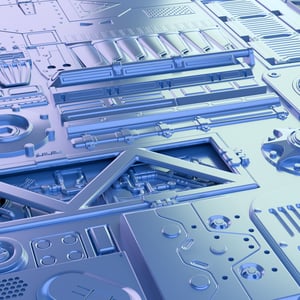
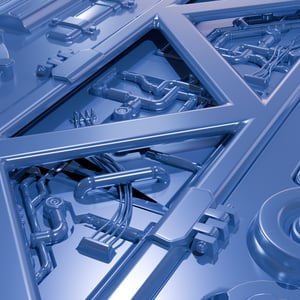
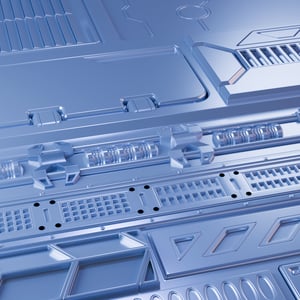
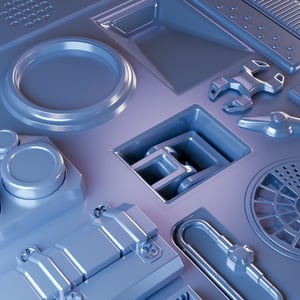
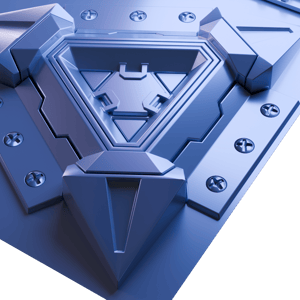
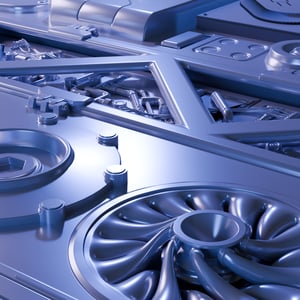
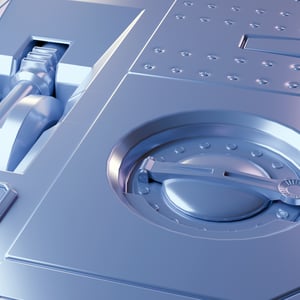
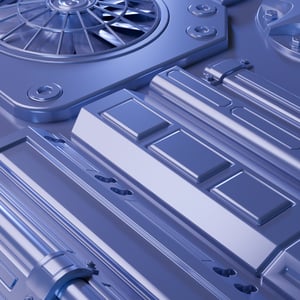
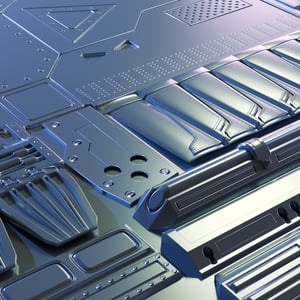
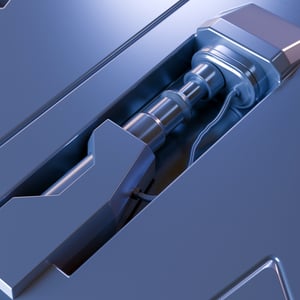
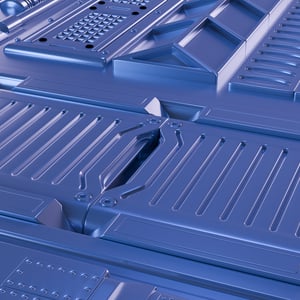
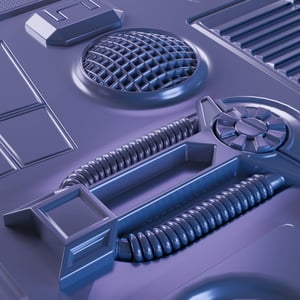
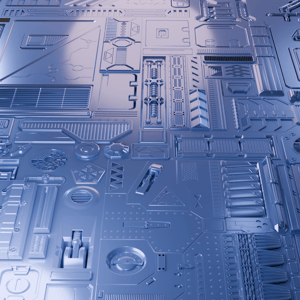
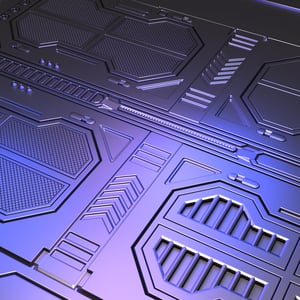
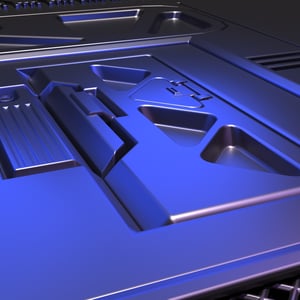
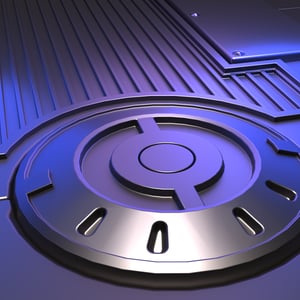
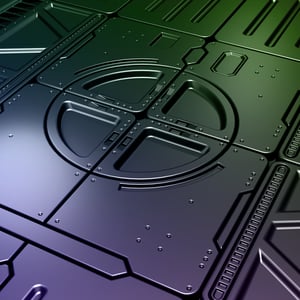
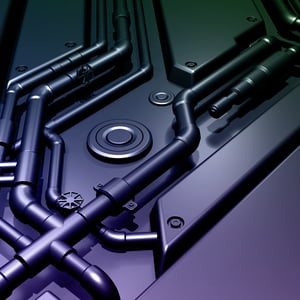
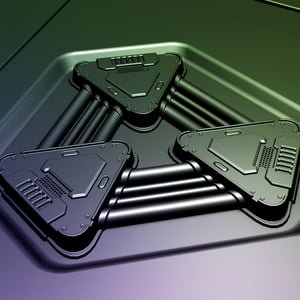
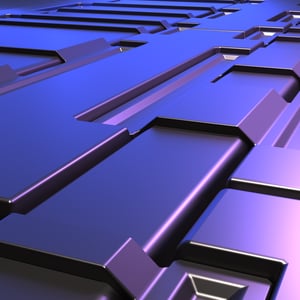
Hard Surface Modeling for Texture-Atlases
The best textures come from real geometry—whether baked from high-resolution scan data or carefully crafted high-poly models. My texturing workflow focuses on creating highly detailed, performance-optimized materials that integrate seamlessly into real-time engines.
I specialize in PBR workflows, generating key texture maps like normal, displacement, occlusion, and ID maps, which form the foundation for metalness, roughness, and albedo maps. These assets are built for versatility, allowing for seamless integration across large environments.
My texture atlases are tileable and work like a trim sheet on steroids. Collaborating with technical artists and graphics programmers, I create textures that enhance shader functionality, ensuring both visual fidelity and performance optimization. This system was used for about 90% of the non-organic models in D.R.O.N.E., and a similar approach was implemented in Earth 2. The result? Highly reusable, memory-efficient assets that deliver top-tier visuals while saving VRAM.
Tools: Blender, ZBrush, xNormal, Substance Painter, Photoshop, Unity.


3D Scanning
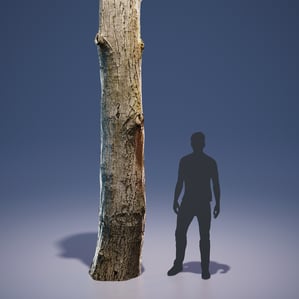
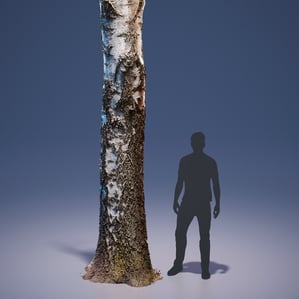
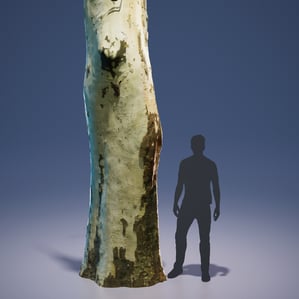
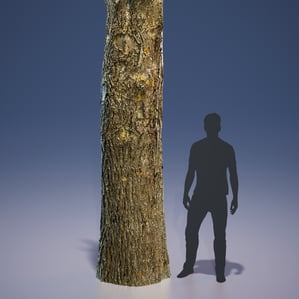
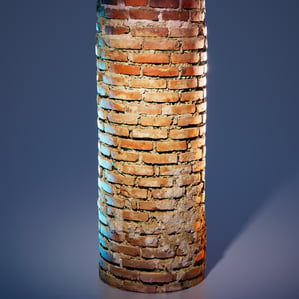
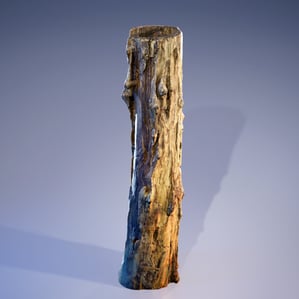
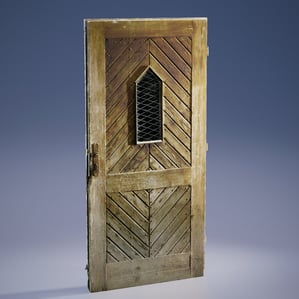
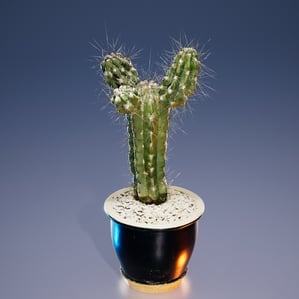
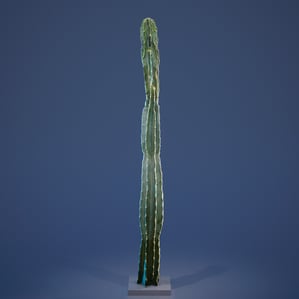
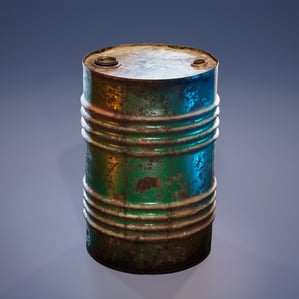
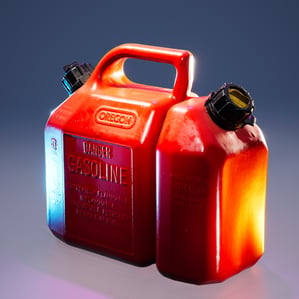
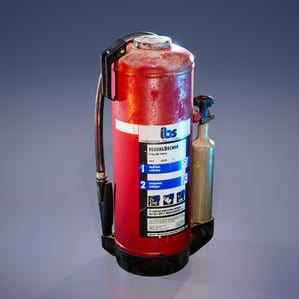
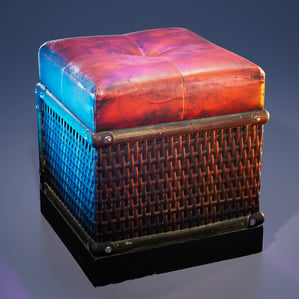
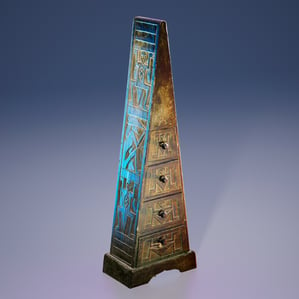
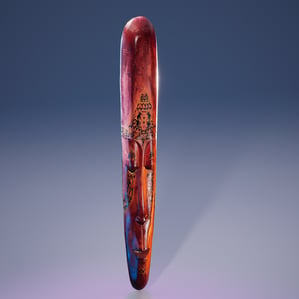
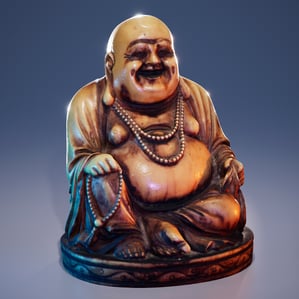
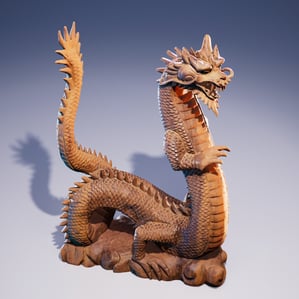
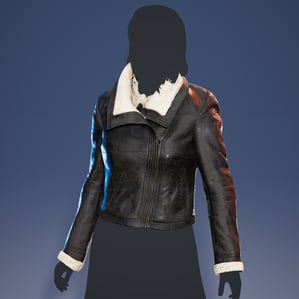
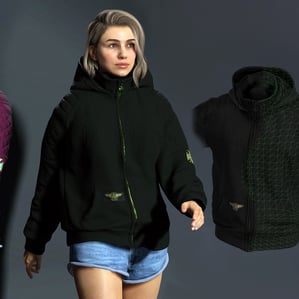
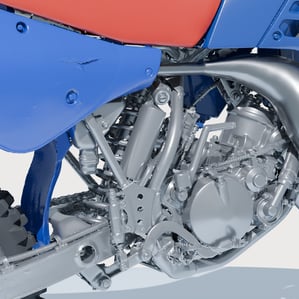
In this section, I showcase my expertise in using 3D scanning to create optimized, game-ready assets for digital environments, designed for real-time performance in Unity.
Key Projects: Developed a variety of 3D scans for different projects and experiments, including tree trunks used to bake realistic trunk textures, enhancing authenticity in game assets for vast environments.
Process: Scanned natural surfaces, detailed textures, and uniquely textured props, processing data in Blender and zBrush to craft highly detailed baked-on-mesh and tilable textures for efficient integration.
Optimization: Focused on efficient point cloud processing, UV mapping, and shader integration to maintain peak performance in Unity, ensuring visual depth without performance loss.
Tools: 3D scanners, photogrammetry, Blender, zBrush, Photoshop, Unity.




